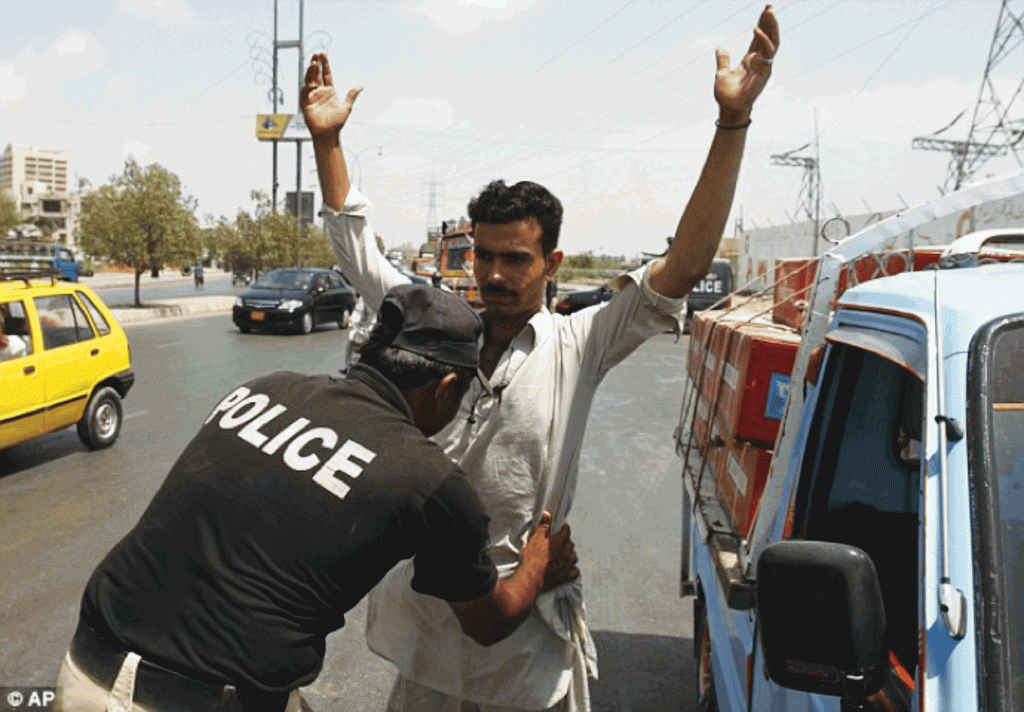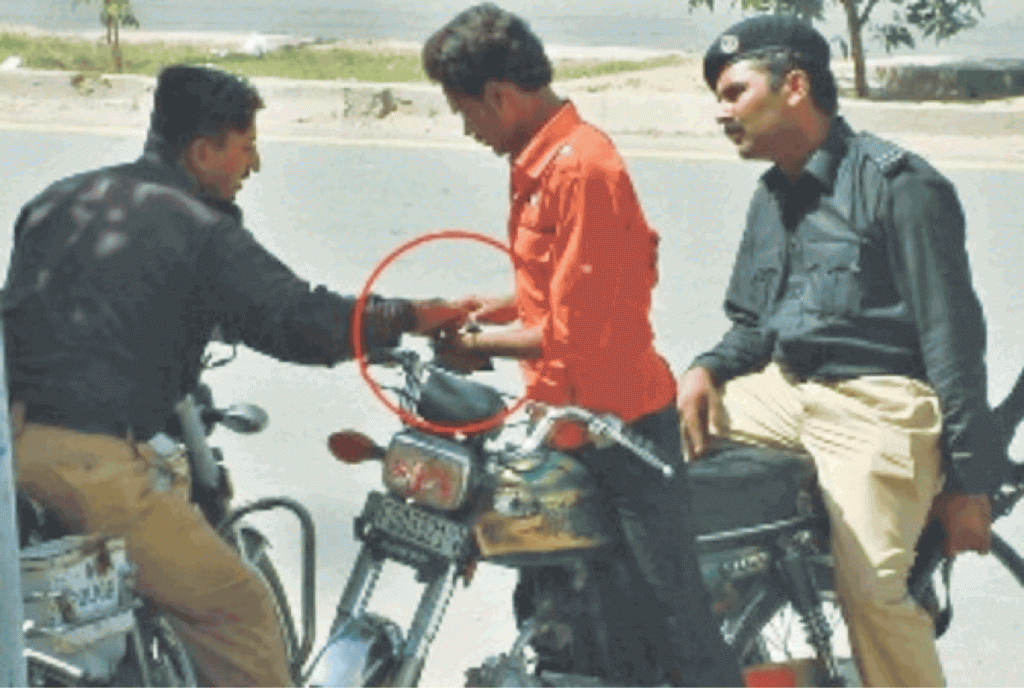Bridging the Gap
By Aasim Zafar Khan | Newsbeat National | Published 8 years ago
Ask the common Pakistani what he or she thinks of the local police, and you’ll probably get a shrug of the shoulders, and one of those strange looks, which basically translates into, thanks but no thanks.
And if this seems like a terribly unjust judgment, a casual visit to your local police station should be enough. Rough and overweight policemen, inspiring little confidence, are crawling all over the place. Speaking a local, and mostly uncouth vernacular, they say no to near everything and create roadblocks rather than offering any solutions. Unless of course, you’ve come with a vaasta — or what you call a “connection.” Then, it’s a different ball game altogether. They stand up and shake hands. Offer you tea. Write a rock-solid report. Exchange numbers. Different strokes for different folks.
The fact remains though, that most Pakistanis don’t have a vaasta — they don’t know enough people up the food chain to be able to get the police to help — when, in fact, that’s what the police is there for.
There are other factors that have made the local police the way they are — most important, perhaps, is the pittance they receive as monthly salary. No wonder they’re always looking to make a fast buck. Over decades, this rot has seeped through the system to bring us right back to the start of this piece: the shrug of the shoulders and that disgusted look when the police force is mentioned.
 Still, the police force is a reality. They remain the first and quickest responders to all kinds of criminal activity — even terrorism. And on the flip side, the public remains the first informant for most urban crimes. Additionally, they (the public) have great insight into the sympathisers, abettors and financiers of terrorism. Hence, this relationship is absolutely crucial for both parties.
Still, the police force is a reality. They remain the first and quickest responders to all kinds of criminal activity — even terrorism. And on the flip side, the public remains the first informant for most urban crimes. Additionally, they (the public) have great insight into the sympathisers, abettors and financiers of terrorism. Hence, this relationship is absolutely crucial for both parties.
Over the last few months, there has been a visible outreach effort by the police, especially on social media, to overcome this confidence gap. One such measure is the Police Awam Saath Saath social movement (Twitter:@PoliceAwam and Facebook: @policeawamsaathsaath). Initiated by the National Police Bureau, the two-year project aims to ‘bridge the gap between the police and the public by highlighting the need for the public to provide better support to the police.’ It is designed ‘to build greater understanding of how the police operate; generating appreciation by showcasing the positive work of the force.’ The project looks to humanise the force, by showcasing real-life stories, and by honouring those that have fallen in the line of duty. Comprised of numerous sub-campaigns, the project includes the social media outreach, public service messages, TV dramas, talk shows and a print and billboard campaign as well. Sounds comprehensive, but how necessary is it?
“In theory, all this sounds great,” says Waqas Hasan, Assistant Inspector General, Police, Monitoring and Crime Analysis, at the Punjab Police. To really bridge this gap, the public needs to understand the pressures the police faces on a day-to-day basis. For example, there is a clear focus on hard crimes such as murder, dacoity and kidnapping, whereas softer crimes don’t get taken seriously enough. “Most of the interaction between the public and the police is on these softer crimes like mobile theft, brawls, a small robbery,” says Hasan. “And when the police doesn’t respond, or take them seriously, this creates animosity.” The disconnect is actually on account of how the police looks at crime, and what the public expects of them. As one official told me, “The police has to choose the battles it fights, it cannot tackle everything.”
There are challenges on the public side as well. “Most people don’t even know which police station is affiliated with their neighborhood,” says Hasan. “Also, they don’t have an idea of what constitutes a crime in the eyes of the law and hence the police.” Over time, these shortcomings on either side have created a scenario where not only does the public have zero faith in the police, but even the police looks at the public with disdain.
Because of this, crime remains massively under-reported. “When it comes to crimes pertaining to property, it’s nearly 30 per cent,” says Hasan. Now imagine, if the crime rate were to rise to its actual rates — it would surely cause a proper political storm!
Still, there are ways to go about this. Since most of the public/police interaction is on petty/softer crimes, the government has moved to create a new interface at the police stations, made up of civilians rather than police officers. These civvies are able to interact and connect with the public in a better fashion, and hence the rate of complaints is on the rise. Eventually, however, it’s all going to come into the police system, and that’s when the public becomes jittery.
There is one fatal flaw in this. The new interface, as good as it is, does not address the rot inside the force — something that Hasan also admits. “We’ve tried many times to recruit the right kind of people, but eventually they become like most inside the force.” And as he points out, mostly people don’t join the police so that they can serve the people, they join it so that they can wield power and influence.
No interface can change that. And hence campaigns such as Police Awam Saath Saath have their work cut out. The good news, however, is that they understand this. As Sanober Abbasi, the man who is in charge of the campaign, told me: “We’re trying to create a dialogue between the two parties, to address misconceptions and concerns on both sides, so that we can build trust, understanding and appreciation.”
There’s a long long way to go, but it’s not impossible.
The writer is a journalist based in Lahore. He is the current managing editor of MIT Technology Review Pakistan, a bi-monthly science and technology magazine.




